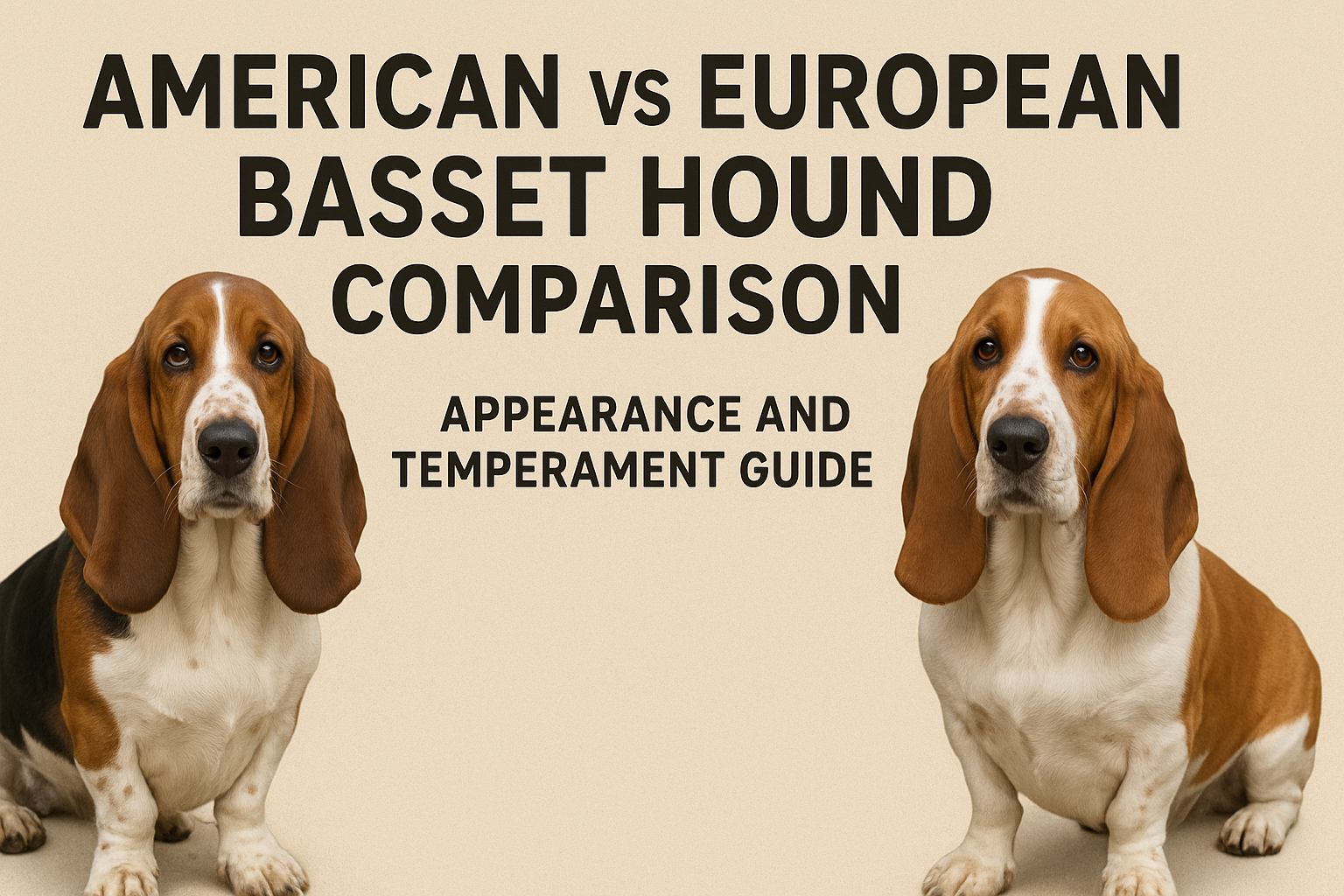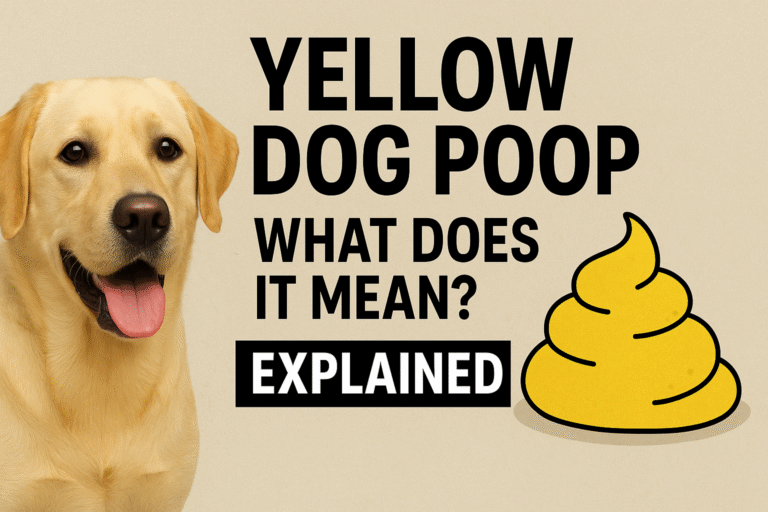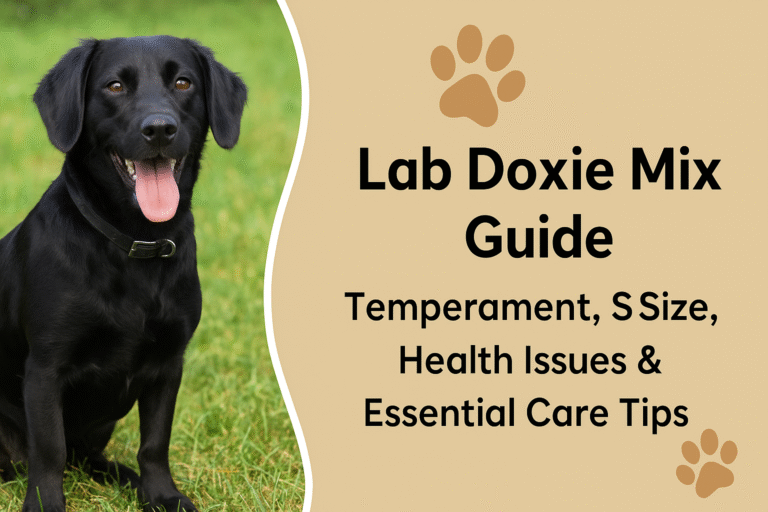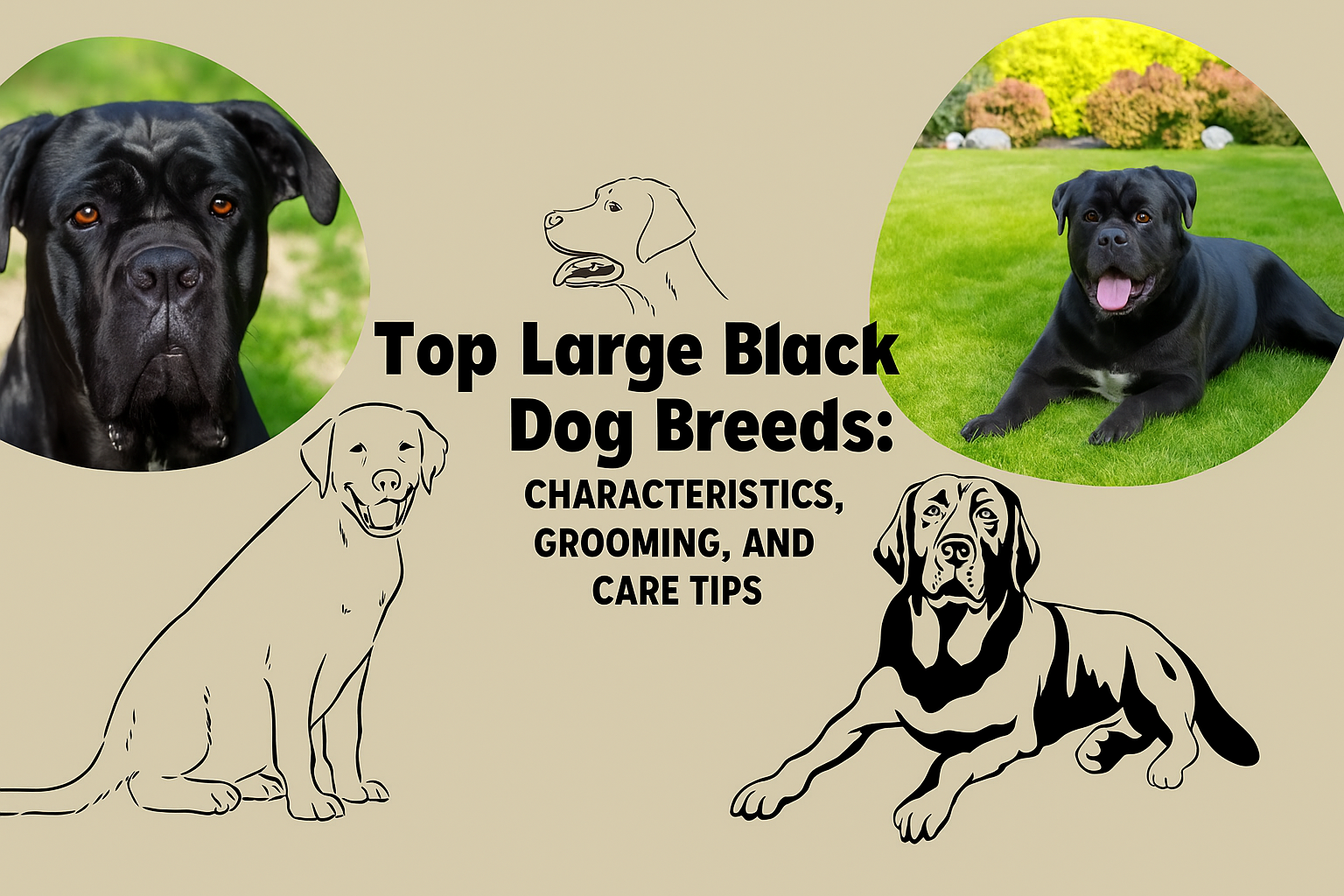American vs European Basset Hound Comparison: Appearance and Temperament Guide
The Basset Hound will probably be one of the most recognizable dog breeds, with its loose, drooping ears, mournful eyes, and welcoming nature. But perhaps you’re unaware that there are two chief breeds. The European Basset Hound and the American Basset Hound both trace back to the same, but they have some distinction over the passage of time.
If you wish to include one of these gentle hounds in your family, you must know how they differ from one another in terms of appearance, temperament, and grooming. In the following article here, we are going to compare the American vs European Basset Hound so that you would be able to choose one type over another depending on your lifestyle.
History of the Basset Hound
- French Origin: The breed was established in France, where monks had bred low-set hunting hounds capable of coursing small game and rabbits.
- Spread in Europe & America: The breed later spread across Europe and into America, where breeding standards diverged.
- Two Standards Today: Both breeds are Basset Hounds, but European lines usually get bred to FCI (Fédération Cynologique Internationale) standard and American lines to AKC (American Kennel Club) standard.
Appearance: American vs. European Basset Hound
Overall Build
- American Basset Hound: Leaner, athletic and bred for endurance rather than heavy mass.
- European Basset Hound: Heavier-boned with wrinkled face.
Size Comparison
| Trait | American Basset Hound | European Basset Hound |
|---|---|---|
| Height | 11–15 inches | 12–15 inches |
| Weight | 40–65 lbs | 50–75 lbs |
| Build | Slimmer, less sagging | Heavier, more wrinkles |
Facial Features
- American: Less wrinkling, tighter face skin, ears are shorter.
- European: Longer ears that hang down, additional folds of skin, and a more pronounced sad-eyed appearance.
Coat and Color
Both breeds have the same short, dense coats in tri-color, lemon and white, red and white, or black and tan colors.
Temperament: American vs European Basset Hound
American Basset Hound Personality
- Active but relaxed at home – willing to go out for regular exercise but content to remain at home.
- More independent – less trainable.
- Loyal and loving – securely attached to family but not nearly as clingy.
European Basset Hound Temperament
- Well-tempered and laid-back-natured – less hyperactive than American Basset Hounds.
- Extremely loving – enjoy being close to their people and are “velcro dogs.”
- Affable with kids – an excellent option for families looking for a friendly companion.
Exercise Requirements
- American Basset Hound: Needs a moderate amount of activity, about 30–45 minutes daily.
- European Basset Hound: Less exercise, happy with brief, easy strolls.
- Both Varieties: Scent hounds, so once they pick up an interesting scent, they’ll track it mercilessly. Yard or on-leash needed.
Training Differences
- American: Slightly more aloof, could need extra patience with obedience training.
- European: More want to please but then stubborn once more.
Training Tip: Positive reinforcement (treats, praise, play). Strict punishment are ineffective for this gentle and sensitive breeds.
Health Considerations
Shared Health Issues
- Hip and elbow dysplasia
- Ear infections (due to long ears)
- Bloat (gastric torsion)
- Obesity
European-Specific Issues
Due to thicker folds of skin and more sloping face, Europeans are slightly more susceptible to:
- Eye issues such as entropion (rolling eyelid in)
- Skin fold dermatitis
American-Specific Issues
More susceptible to back trauma due to longer spines and leaner build.
Grooming Requirements
- Coat Grooming: Both require very little brushing only weekly.
- Ear Grooming: Required because of low, floppy ears—cleaned weekly to avoid infection.
- Wrinkle Grooming: Europeans need special washing of skin folds.
- Bathing: 4–6 weeks or as necessary.
Which One is Easier to Live With?
- Apartment Life: Both can adjust, but Americans might need more exercise.
- Families with Children: Europeans are less strict and tolerant with children.
- Active Family Owners: Americans would be ideal for slightly more active families.
- Low-Maintenance Family Owners: Europeans, being calm, would be well-suited to a slow pace.
Cost Variations
European Basset Hound: More expensive, $1,200–$2,500, based on demand and breeding material.
Longevity
- American: 10–12 years on average.
- European: 9–11 years on average, slightly shorter because of having more heavy body mass.
Strengths and Weaknesses of Each Form
American Basset Hound Strengths
- More athletic
- Slightly longer life
- Leaner body (less prone to skin problems)
Weaknesses: More independent sometimes, harder to train.
European Basset Hound Strengths
- Classic wrinkled “Basset face”
- Even-tempered, friendly disposition
- Wonderful with children
Weaknesses: More likely to develop skin and eye problems.
FAQs On American vs European Basset Hounds
- Do Americans and European Basset Hounds belongs to separate breed?
No they are the same breed but bred to differents standard and appearances. - Which is best with children?
Both breeds interact well with kids, but European Basset Hounds tend to show greater patience and tolerance. - Are they too barky?
They are not breed chronic barkers but will use their deep, baying bark when tracking or excited. - Which is usually healthier?
Both have the same diseases although Europeans have issues with eyes and skins because of additional wrinkle. - Will they get used to apartments?
Yes, both will quickly adapt to living in cramped areas if given daily exercise. - How much grooming?
Little although Europeans required additional wrinkle wipings.







